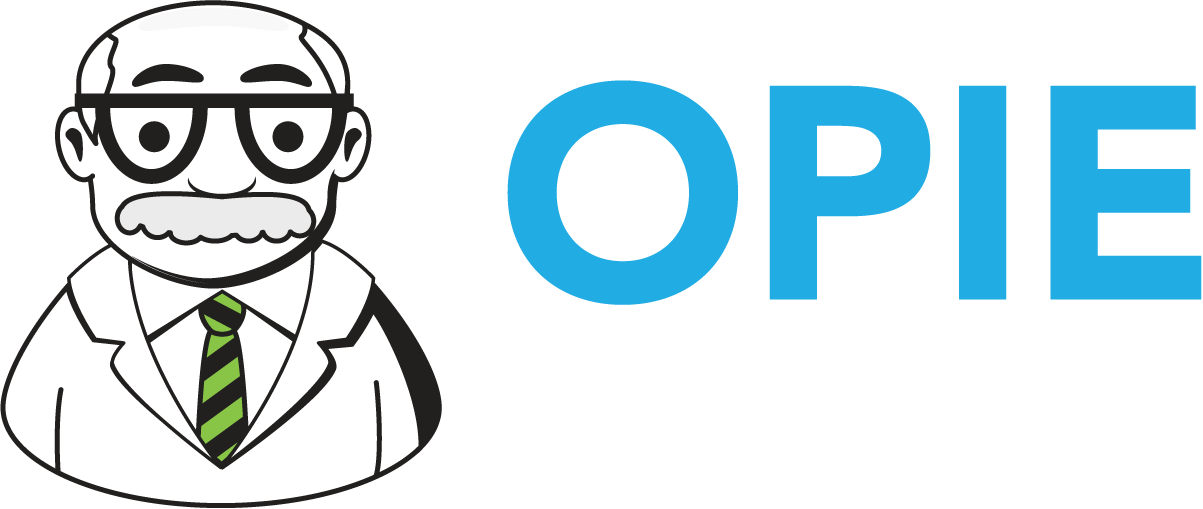Business Performance Metrics – Operations
Archive Select- Originally Published December 28, 2017, Updated March 31, 2023
OPERATIONS AND ADMINISTRATION
Last week we talked about “An Ecosystem of Processes.” I reminded you that there are paid bounty hunters, hired by the federal government, whose job is to claw back monies paid to you for services rendered. Your best defense is a good offense and probably the most important thing you can do, after you have your processes of course, is to monitor your activities. It is far better that you find and fix issues before they become audits and fines.
From an operational perspective, we want to make sure we are measuring what matters. What are the key indicators that the process was performed? This week’s column will talk about the Key Performance Indicators (“KPIs”) we have available to monitor the data going into your system. The objective here is to identify opportunities to improve your administrative processes. This is not an effort to chastise or assign blame, but rather to measure a key business function and create accountability. With the knowledge obtained, you will be able to determine how long it takes to go from initial evaluation to L-code selection. Or from evaluation to delivery. Why is this important? In a previous blog, I talked about patient attrition. What if we could measure our processes and find out where patients drop out of the funnel? We could then start to do something about it. We could decrease our attrition and therefore increase revenue. What if we could shave a few days off of these timelines? That shortens our time to reimbursement, thereby increasing cash flow. The details really matter as we move into the new age of healthcare. Strategically managing your business starts with creating the data that provides the knowledge you need to position the company for long-term viability.
Once we have the data, we need to look at it. We use our reports to make sense of all the information that is contained in the software. The way we get good reports is by focusing on the data that makes up the report. It is essential that the data be accurate and consistent, regardless of how it gets into your system. Therefore, from an operational standpoint, it is important to have a standard process for how the data is entered and then to test the data going into the system to make sure it is accurate.
If you are going to measure a KPI such as the percentage of visits that involve repairs, it is necessary that the visit type is recorded accurately. If the patient was scheduled for a routine follow-up but a repair was required, that should be noted and the visit type changed to reflect what actually happened.
KPI EXAMPLES
How long does it take us to get a detailed RX to the referring physician after the L-codes are selected?
How long does it take between the Initial evaluation and the L-Code selection?
How many days are between the Fab Complete and Delivery?
How many K-Levels are missing?
How many days between WIP completion and Delivery?
How many “No Show” appointments without another appointment scheduled?
How long are patients waiting between check-in and check-out?
How many accounts are “awaiting authorization” or otherwise delayed?
WHY SHOULD I CARE?
If you start measuring KPIs such as the metrics above or creating timelines to show your workflow, you will be able to spot trends and opportunities for improvement in your workflow, your patient and your cash flow management processes. If you think of these timelines, you can really start to understand where the bottlenecks are and work to remove them from your operations. Think about the processes involved with a new prescription: from the date you receive the new Rx, how long does it take to get to 1) Delivery; 2) Authorization, 3) Billed, 4) Payment? Is there an opportunity to shorten those times? Wouldn’t that help improve cash flow?
It is critical that all staff who enter data into your patient management system do so in a consistent and reliable manner. It’s not enough to just have the policy, people have to understand why it matters that the information is correct. This is not just some exercise to make their lives miserable, there is actually good and valuable knowledge to be gained from having solid data. As changes occur in healthcare and margins get tighter, it is more important than ever to strategically manage your business. Let’s make an effort to understand our business as well as you understand the bio-mechanical forces that you employ to make your patients better.

